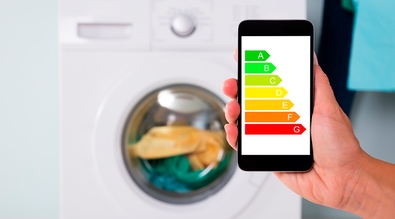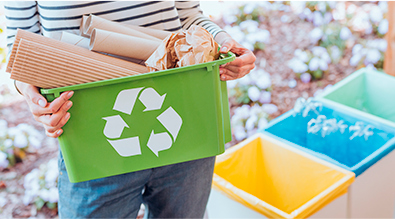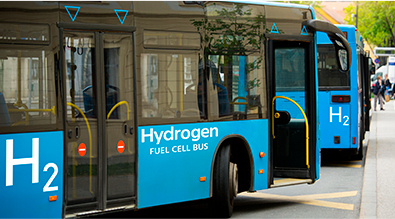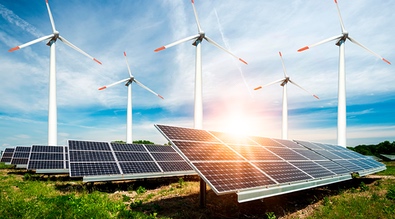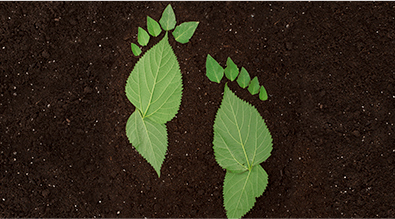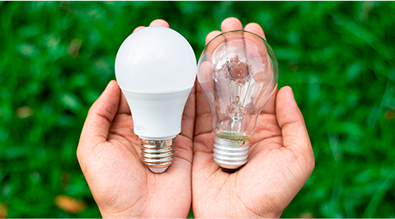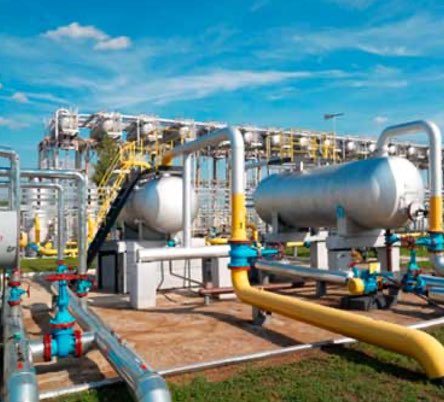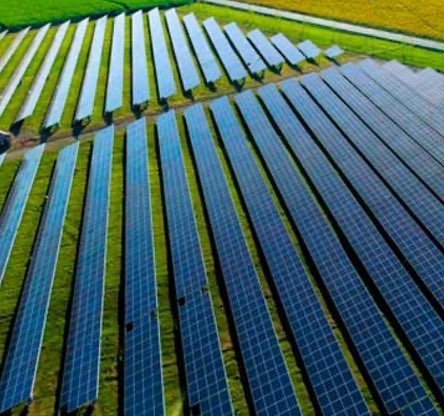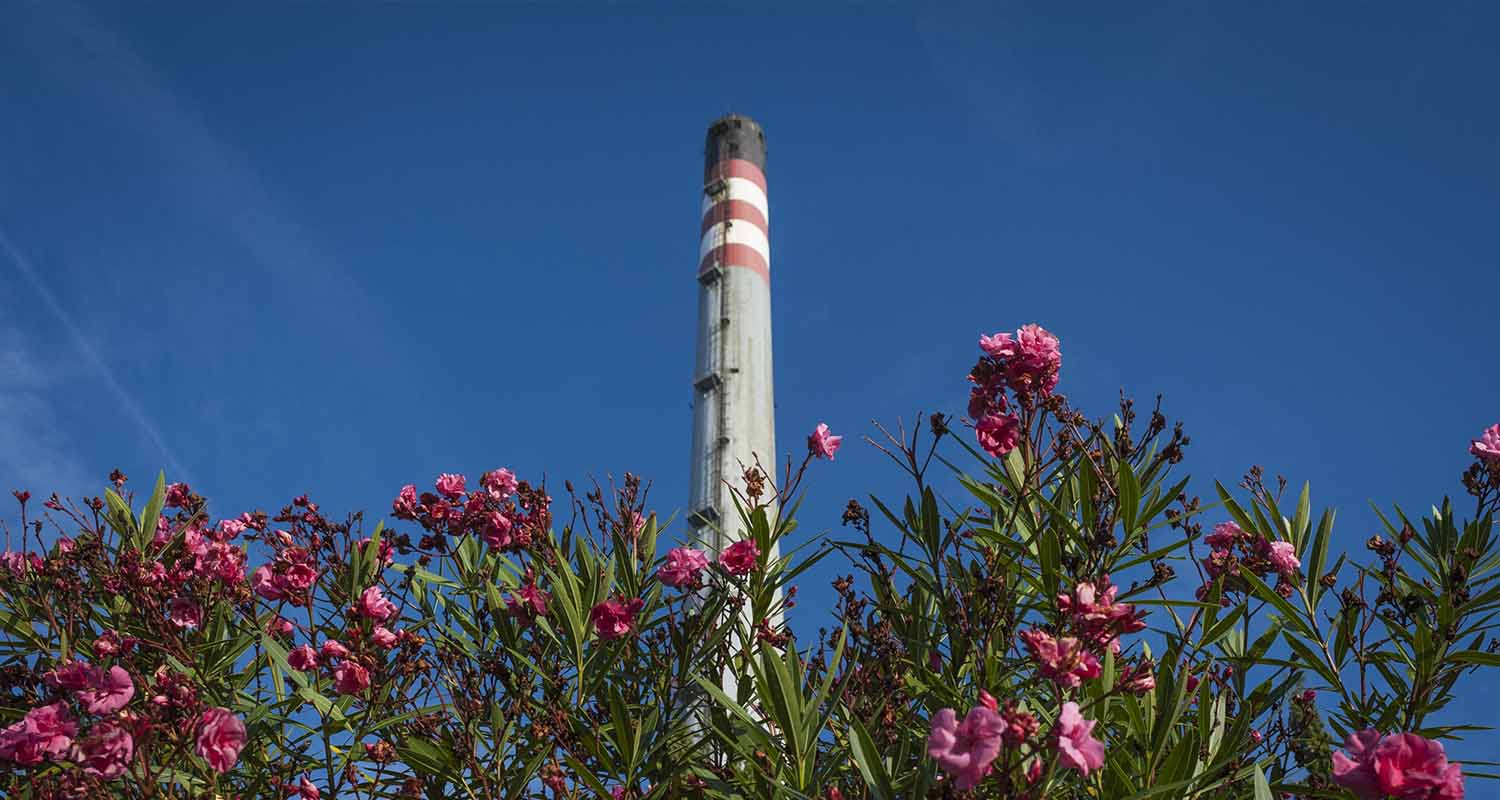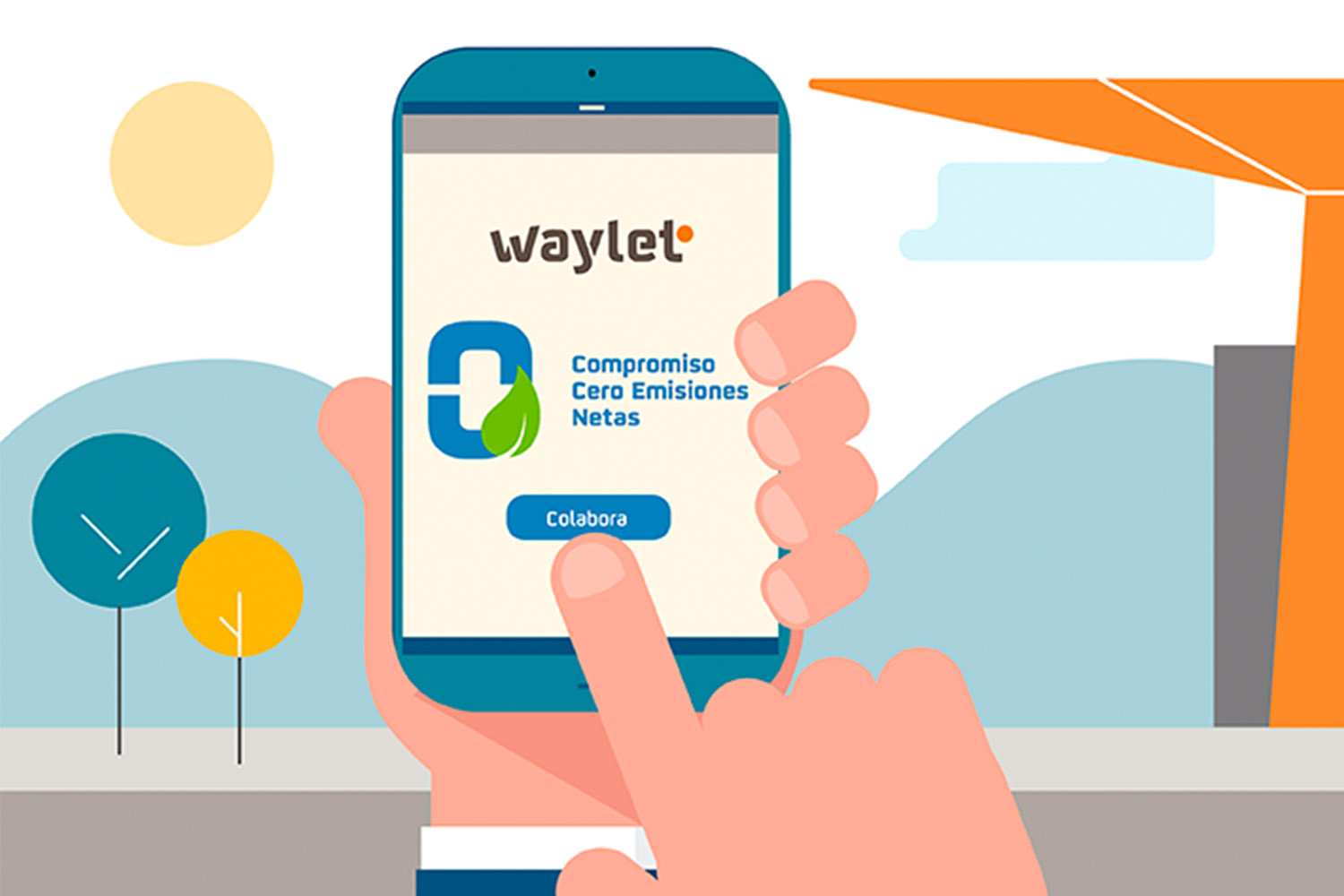Key targets for 2030
Key targets for 2030
The European Commision, within the framework of the European Green Deal, proposed to raise the GHG emission reduction target to at least 55% compared to 1990. The Commission is studying legislative proposals that include measures for increasing energy efficiency and renewable energy across all sectors to achieve this target.
At least a 40% reduction in greenhouse gas emissions (compared to 1990)
At least a 32% share for renewable energy
At least a 32.5% improvement in energy efficiency


